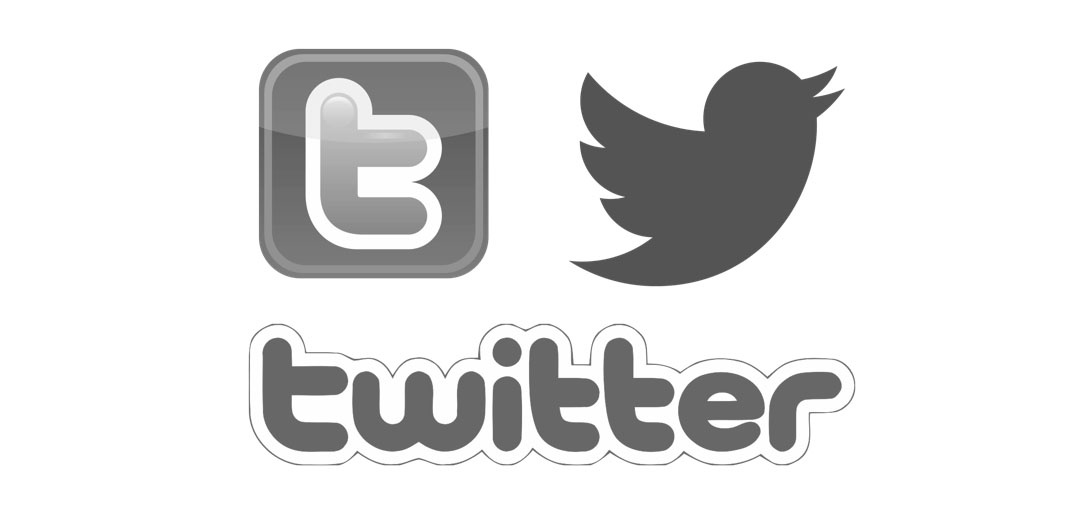/ How to create great candidate attraction content

Richard Williams
July 18, 2018
No matter what business or industry you work in, content is king if you want to get noticed.
That’s especially true for HR Directors and company executives with an eye on Employer Brand and candidate attraction.
But how do you create a content ecosystem that does just that? And how should you tailor your messaging across multiple channels? Or repurpose the content you’ve worked so hard to create?
I’ve written this handy introductory guide to spark some inspiration and lay the foundations for your content strategy’s success.
From defining costs and metrics to repackaging your content, this covers the essentials to get started.
Money Talks
This is the part where you walk up to the mirror and nervously look yourself in the eye while reciting “I am brave, I can do this” repeatedly until you feel you’re ready to go to war.
Asking the powers that be for a budget is never the easiest task and will always be met with the resistance it quite rightly deserves.
I’m not going to bog you down with many more war metaphors here other than to give you this famous George Washington quote:
“To be prepared for war is one of the most effective means of preserving peace.”
So how do you get the money you need to invest in a proper content strategy?
You prepare for the conversation properly.
Put yourself in the keyholder’s shoes. What will they want to know?
There are three areas here that you need to focus on.
- Prepare your costs, don’t leave anything out. The more detail you go into here, the more confident they’ll be in your output. Things to take into consideration - freelance videographer/copywriter fees, distribution costs, paid advertising costs, hosting for blogs or digital architecture, designer fees and third-party platforms.
- Write the strategy. What are the timescales? What is the end goal? What are the themes? Who are we targeting? It all needs outlining clear and cohesively. You may need to align with marketing here, they’ll certainly have a say and will provide the support needed to put this together.
- Know the metrics for success. Be brave here. Make some predictions and set some goals. With any luck, you’ll have some attribution metrics in place to show content converting for you. But if you don’t, research best practice and consult with marketing to better understand what works and what doesn’t. You’ll be asked to demonstrate ROI so a concise explanation about where that return is coming from will go a long way.
Video first. Values last
This is the part that may sting a little. And it would be hypocritical of me not to mention that I could listen to my own advice at times with some of the work I do!
How many times have you looked at the employment section of an organisation’s website and been met with a talking head discussing their ‘commitment to being passionate and delivering excellence’?
It seems to be the go-to video of choice to have someone forcing their company values at you before you’ve even found out whether they have an office nearby or a job worth looking at!
Jokes aside, I’m a big fan of using company values. At BPS World we live and breathe by ours and it shows in the ever-increasing engagement scores.
However, new visitors to your site don’t care so much. So first and foremost, video is THE most engaging form of content and has been for a very long time.
I considered listing a ream of stats to showcase how engaging video is for your brand. But we don’t have time for that and you have the ability to Google it, so trust me, it works.
Here are some of the things to consider when creating video for candidate attraction:
- Be authentic. People respond to real people. If you’re hiring actors you’ve made the worst possible decision.
- Show your offices. Let them experience the place. Fly-on-the-wall stuff works.
- Get your culture across. That isn’t shouting your values, it’s showing your behaviours, there’s a subtle difference.
- Invite them on your mission. People engage with a vision, show them it and bridge the gap so they understand how to become a part of it.
- Keep them short. No one watches over 60 seconds anymore unless the content is exceptional. I always work on the principle that ‘less and many’ gets results.
- Don’t forget the words. Timelines like Facebook & LinkedIn will autoplay your video without sound. Add subtitles for increased engagement.
TIP - www.Rev.com offer a fantastic and cost-effective service for adding subtitles to videos.
Video Ideas
- Office walk-throughs.
- Apprentice interviewing the CEO (Shows the human side of leadership).
- “If the company were a _____ what would it be?” (Fun stuff always works).
- Employee testimonials.
- Video job specs (Why write them when you can show them?).
- “What makes us unique?”
And here’s a few examples of stand-out employer brand videos. Yes, I know, they’re the big brands, but also the easiest to find and there are many smaller organisations who produce even better!
Innocent - https://www.youtube.com/watch?v=PKwgf2XT9JQ.
Dropbox - https://www.youtube.com/watch?v=-ZuxQcp84o0.
Twitter - https://www.youtube.com/watch?v=vccZkELgEsU.
Hubspot - https://www.youtube.com/watch?v=EXOtTvb5OFE.
Apple? Pick a different snack
The irony that I’m writing this after just showing four videos from the big brands isn’t lost on me. Call it lazy journalism! This one’s short and sweet but needs to be said.
Don’t copy Apple (or any of the big boys).
Everyone else does and you don’t want to be a ‘me too’. The very purpose of Employer Brand marketing is that you find what makes you unique, you commit to it and drive forward with it. Enough said.
Same content, different channel.
There are plenty of tools like Hubspot and Hootsuite that have enabled us to create huge efficiency with our content distribution. The problem here is that social media doesn’t respond to a one-size-fits-all approach. T
There are two challenges here:
- People consume content differently depending on the channel.
- Some channels command a B2B audience over a B2C one.
Let’s look at the first challenge.
You write an amazing tweet quoting your CEO’s views on the learning and development of his employees. The RTs come pouring in, a few comments are tweeted back, yet your Facebook offers nothing.
You’ve thrown it out there, but no-one even saw it let alone engaged! The reason being?
Images are three times more likely to be seen and engaged with than words alone on the likes of Facebook. What should’ve happened was the creation of an on-brand graphic with the quote on it, distributed separately to that platform.
The general order of engagement runs: Video > GIF > Image > Words. So, an image-first approach will solve most of this.
The second challenge is the channel itself. They aren’t the same. For me, Facebook is the daddy and where you should get the most traction from your Employer Branding engagement, but the others closely follow.
So, what do we do on each?
Facebook (This is who we are)
The platform for showing your people and Employer Brand. It was recently reported by Nielsen that 1-in-3 minutes spent on a mobile phone is spent on a Facebook property.
Let that sink in for a minute. It’s largely down to the acquisitions of Whatsapp ($16 Billion) and Instagram ($1 Billion) and also includes Facebook Messenger.
This is where your people are at, and it’s where you need to show off your shiny Employer Brand. Content strategy here needs to centre around your people, internal communities, events and the social aspects to your business. Keep the media graphic and video-led where possible and don’t be afraid to take advantage of their highly-targeted paid advertising to increase the virality of posts and your page.
LinkedIn (This is what we do)
LinkedIn are very quickly competing with the huge job boards for one reason. They offer a more engaging and content driven route to applying for a job. Job boards are often very one dimensional and users are now spending plenty of time researching an organisation before deciding to engage.
LI content should revolve around what it is the company does and how potential users can fit into that. They’re in research stage so ensure there is plenty of information pushed on how you operate. Highlight your achievements and ensure to profile employees.
Twitter (This is what we say)
By nature, Twitter is very conversational. Tone of voice is important here, if you haven’t got guidelines in place then take a step back and decide on how you want to be perceived.
Do you want an opinion and to push your views on hot topics? Are you conversational or do you need an element of formality so as not to alienate potential people or clients (particularly if you share accounts with the B2B element of the business)?
Generally, the best tactic here is to engage with two types of people - influencers within your space and a defined list of high calibre individuals you’d like to work for your organisation.
Engaged influencers will show that you’re mixing in the right circles and will also drive your reach, high calibre individuals. Well, you want to show them how amazing you are to work for right!?
Instagram (This is what we look like)
This is one of the fastest growing platforms for Employer Brand right now. Whereas the likes of LinkedIn or Facebook would be classed as ‘broadcast platforms’ and often have negative connotations that come with it, Instagram is a younger, cooler and less obtrusive way of engaging with people.
Essentially, the one job you have with your Instagram is to make your workplace look like the slickest, sexiest digital agency you can (they all have pool tables and jukeboxes so why don’t you!?).
In all seriousness, photography is key here and a bit of thought goes a long way. Everyone knows that Instagram is where people show other people their best version, so how can you achieve that?
Get your employees on board with this one, ask for regular photo submissions when things happen around the office or on social events.
Looking for more inspiration? Let’s have a chat about your Employer Brand. Here’s how we can connect:
Twitter: https://twitter.com/Rich_Williams10


